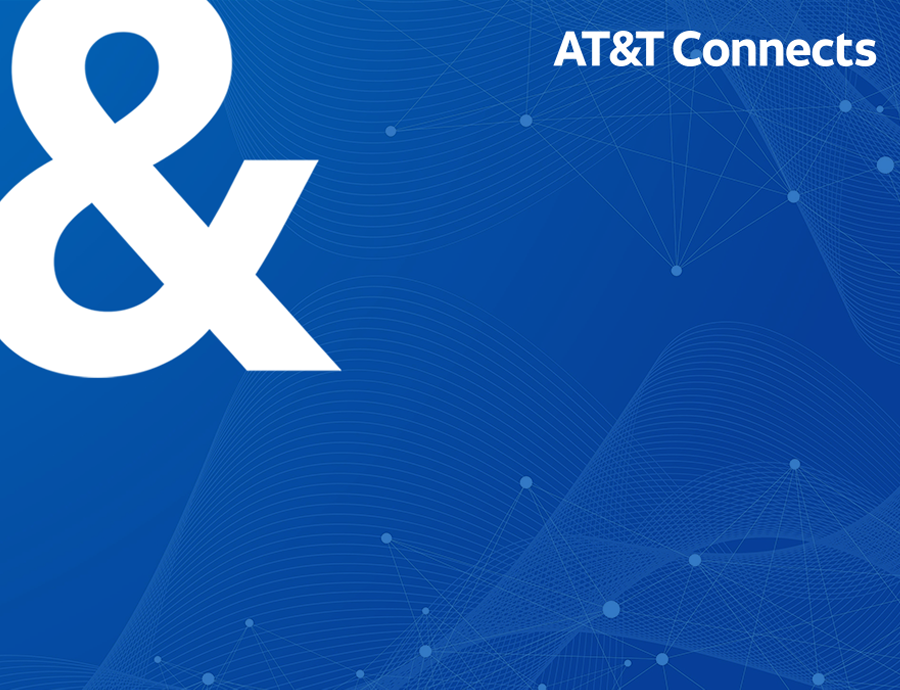As of July 1, the Universal Service Fund (USF) contribution factor exceeded 26%. In other words, for every dollar consumers and businesses spend on voice and data transport services, service providers must pay more than a quarter towards supporting USF programs, a heavy tax by any measure.
The USF contribution factor has been creeping up for years. I remember when it first hit double digits, and that was considered exorbitant. And like most slow-motion disasters, this problem has been wrestled with and shelved repeatedly as too complex and intractable. How much higher can the factor go before the entire system comes crashing down? I fear we are dangerously close to that moment.
It’s time for us to fundamentally rethink how we fund USF programs – programs that have become even more essential given the pandemic and the clear need for all Americans to access a reliable broadband service.
Here are at least three very good reasons why we shouldn’t wait any longer to address this problem.
First, the contribution mechanism is hopelessly outdated. At one time, in the not too distant past, USF programs were primarily voice-focused. The original goal of the USF program was to make basic telephone service available to all Americans, even those in the most remote parts of the country. The 1996 Telecommunications Act expanded that goal to support networks that provide access to advanced telecommunications and information services and to ensure that schools, libraries and rural healthcare providers entered the information age.
In the years since, all USF programs, including the Lifeline program, have transitioned to support broadband services and demand for funding has increased. And there are proposals on the table to expand the programs further to meet the COVID crisis, potentially adding billions in costs. Yet the contribution mechanism remains in the horse-and-buggy world of traditional interstate voice and transport services where revenues have been declining for years.
Second, the current contribution system is unsustainable. We are using declining voice revenues to pay for programs that are increasingly broadband-centric. As the factor increases, customers who traditionally purchased the legacy services that fund USF today are opting to switch to IP-based alternatives that don’t incur the USF tax. The loss of that assessable revenue then triggers another increase to the contribution factor, and so the death spiral accelerates.
To be sure, we’ve sought solutions to the problems plaguing USF contributions. Numerous companies and groups have argued that broadband service revenue should be included in the contribution base. But that runs headlong into strongly held beliefs on both sides of the aisle. The right objects because it is deemed a tax on the internet. The left objects based on the belief that it would impede broadband adoption by raising consumer bills, hitting low-income users the hardest.
Which brings me to the third reason I think we need to chart a new course. In my opinion, reform of the existing mechanism is politically impossible (see prior paragraph) and might just be a temporary band-aid at best. AT&T previously led a coalition that crafted a telephone numbers-based proposal that was rejected for fear that numbers would soon be obsolete. That was over ten years ago. Numbers are still around, but the shift to IP-based offerings will continue to limit their future, potentially creating a new death spiral. A broadband connections-based approach, which would collect against circuits or ports based on their capacity, is wildly complicated and difficult to define and implement.
Bottom line: the FCC has attempted multiple times to reform the contribution rules, at least in my memory. And despite broad consensus that reform was essential, all those attempts failed.
Even the Congressional Research Service concluded that “there is a growing consensus among policy makers, including some in Congress, that significant action is needed . . . to ensure the viability and stability of the USF.” That was in 2011 – almost a decade ago – and still no action.
We cannot keep having the same policy debates yet expect different policy results. That is the classic definition of insanity. It’s time to chart a new course.
It’s 2020. The pandemic has made very real just how critical broadband connectivity is to U.S. productivity, economic success, learning and human connection. It’s time we get equally real about ensuring broadband is available and affordable for all Americans.
It does not make sense to impose a narrow excise tax on one industry to fund services that are so broadly beneficial and economically important for American citizens. The FCC has the expertise, but the current approach cannot generate the funding needed to fuel broadband deployment and adoption at the pace Americans now need. It’s time for Congress to directly appropriate the funds to get the job done.



